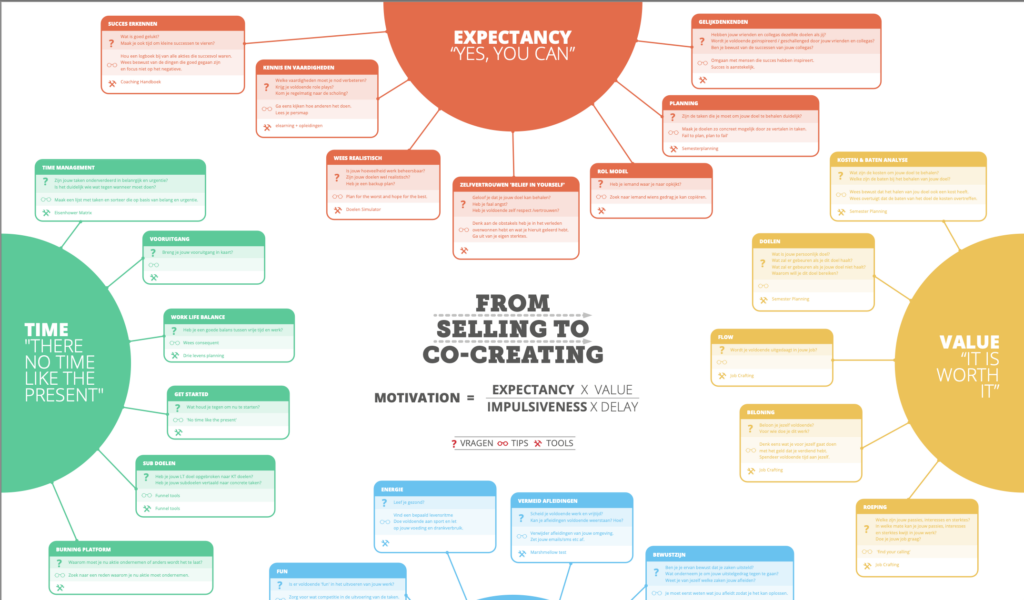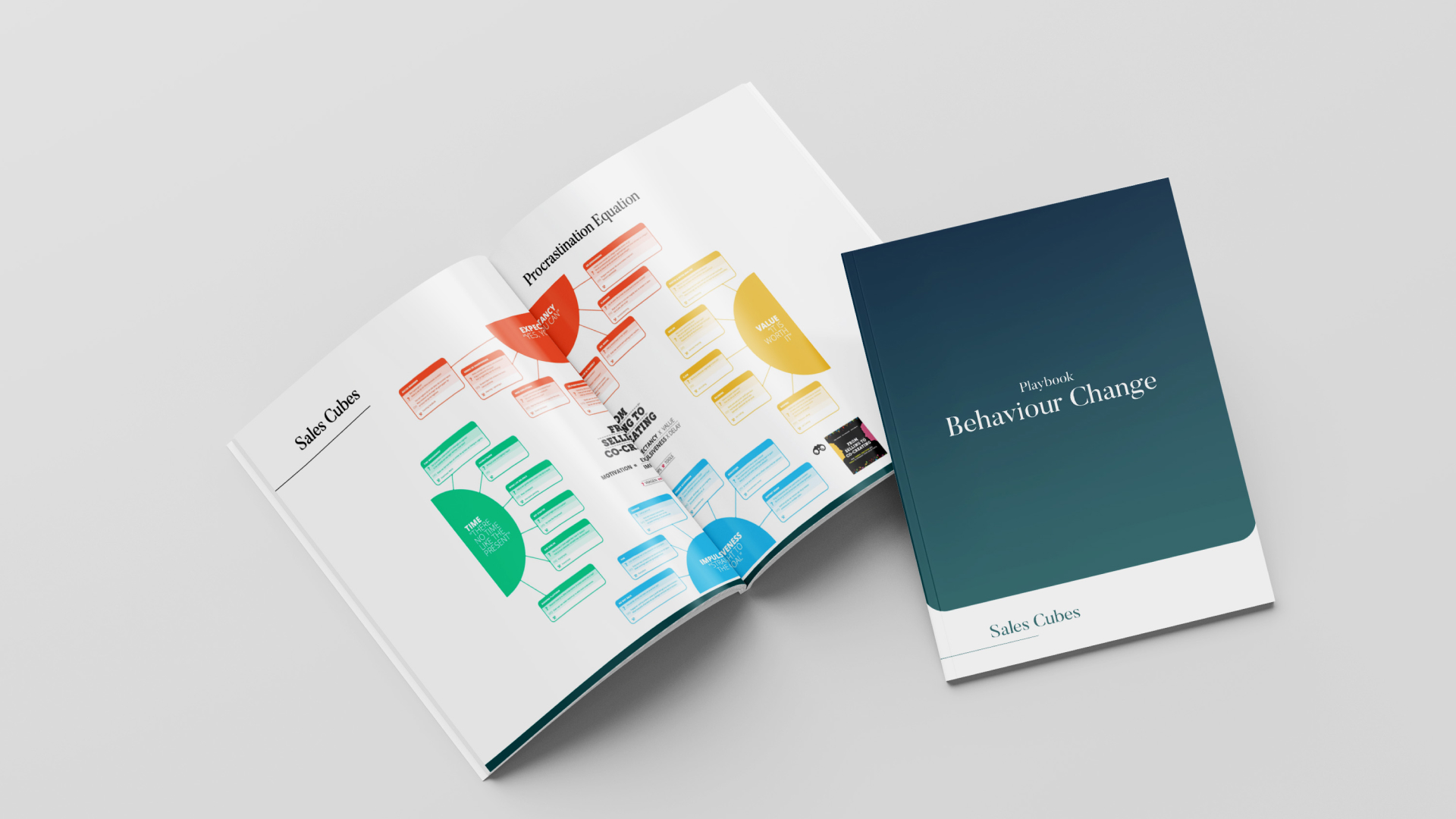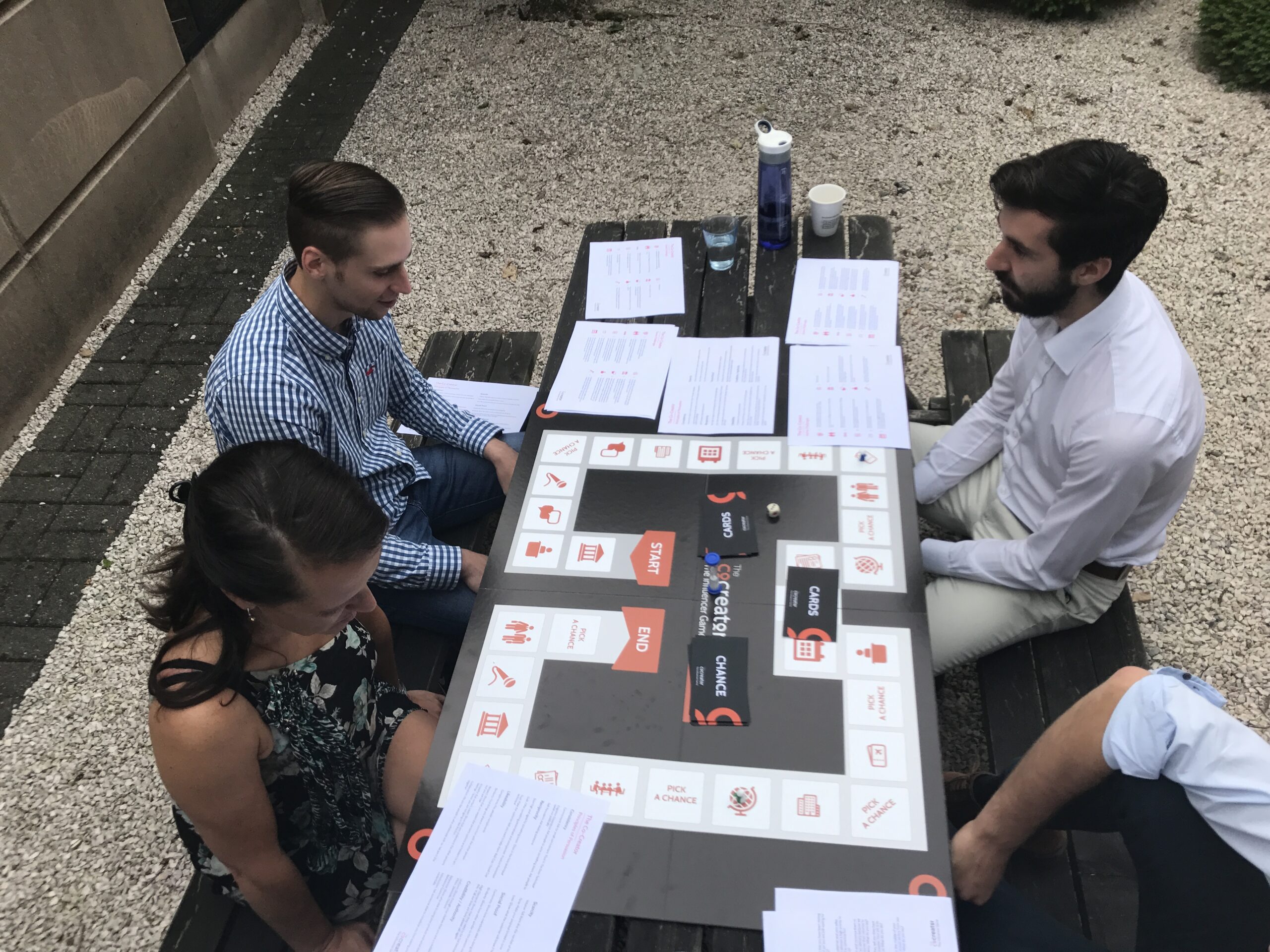1. What is it?
The Procrastination Equation is a formula created by psychologist Piers Steel, to explain why we procrastinate. According to Steel, procrastination is determined by four key factors:
- Expectancy: This refers to how much you expect to succeed in the task.
- Value: This is about how rewarding or enjoyable the task is.
- Impulsiveness: This factor represents your sensitivity to delay or your tendency to seek immediate rewards.
- Delay: This is about how far away the rewards or consequences of completing the task are.
The equation is simple: Procrastination tends to increase when expectancy or value is low, and impulsiveness or delay is high.
2. How Useful is It?
Understanding the Procrastination Equation helps deal with procrastination. It helps us figure out why we keep putting things off by clearly showing us the different reasons for our delay.
3. Application
We often use this method in coaching to understand why some people wait too long to do important project tasks. We also combine it with the Elephant and the Rider tool. In this combo, Impulsiveness and Delay are like the elephant – they’re about wanting immediate rewards and not wanting to wait. Expectancy and Value are like the rider – they focus on the goals and rewards of the task. This makes the elephant and rider idea even better because it gives us specific things to work on to stop procrastinating.
4. Process
Applying the Procrastination Equation involves a few steps:
Step 1 Identify the Factors
First, look at the task and figure out which of the four factors – expectancy, value, impulsiveness, or delay – might be making people procrastinate.
Value: Think of value as the benefits of doing something minus the costs. For each person, consider what they gain (benefits) and what they might lose or have to give up (costs) in doing the task. Remember, people often see costs as bigger deals than benefits.
Expectancy: This is about how sure people are about the results. Ask yourself how much doubt or uncertainty they might have about what will happen if they go along with your change proposal. Use the Behavioural Map from this toolkit to look at each step of the change you want to make. Think about why people might be unsure about what will happen. In sales, we often call this doubt in customers an ‘objection’. In change management, it’s sometimes wrongly called resistance, but it’s really more about being scared of what’s unknown.
Impulsiveness: Piers Steel’s book, ‘The Procrastination Equation’, has a short but helpful survey to figure out how likely each person in your project is to act on impulse.
Time: Think about how long it will take for people to see the benefits of the changes. This can be tricky in strategic change projects because people in companies are often evaluated yearly, but the rewards of the change might not be clear for a few years.
Step 2: Develop Strategies
Value
The strategy is to increase the perceived value and decrease the perceived cost of the change. Use the table below to find ways to increase the benefits and decrease the costs.
| BENEFITS | COSTS |
| Saves Time | Increases Time |
| Reduces Effort | Increases Effort |
| Reduces Risk | Increases Risk |
| Increases Revenues / Outcomes | Decrease Revenues / Outcomes |
| Reduces Costs | Increase Costs |
| Increase Experience / Positive Emotions | Reduces Experience / Positive Emotions |
Expectancy
The obvious choice here is to ensure that the objectives are achievable and are also perceived by the stakeholders as achievable (often not the same thing !). When dealing with a high level of uncertainty about the outcomes human nature tends to seek social proof. We look at what and how others have done it. When you are uncertain about a purchase online we all tend to seek reviews from other buyers. Look for examples of similar people in similar circumstances that have achieved the change and reaped the rewards.
Impulsiveness
Eliminate all possible distractions and break the tasks into smaller manageable parts. In general, we tend to look for ways to restrict other behaviours and change the environment in order to nudge the stakeholders in the right way. Nudging techniques are often used to combat impulsiveness.
Delay
Set shorter deadlines and focus on the immediate benefits of completing the task. for strategic projects, we often look for ways to include elements of the project in the yearly evaluation of each of the stakeholders.
Conclusion
The Procrastination Equation offers a practical and insightful way to tackle procrastination. By understanding and addressing the specific factors that contribute to delay, you can develop effective strategies to stay on track and accomplish your tasks. Whether at work, school, or in personal life, applying this equation can be a game-changer in boosting productivity and achieving your goals.
Source:
- P. Steel,2011, Procrastination Equation, Perennial
- J Rumens, 2018, The Procrastination Equation – The Mathematics of Getting Things Done, blog article – www.focusonme.com
Tool



